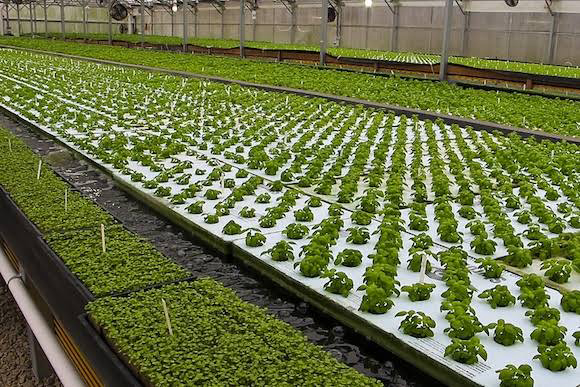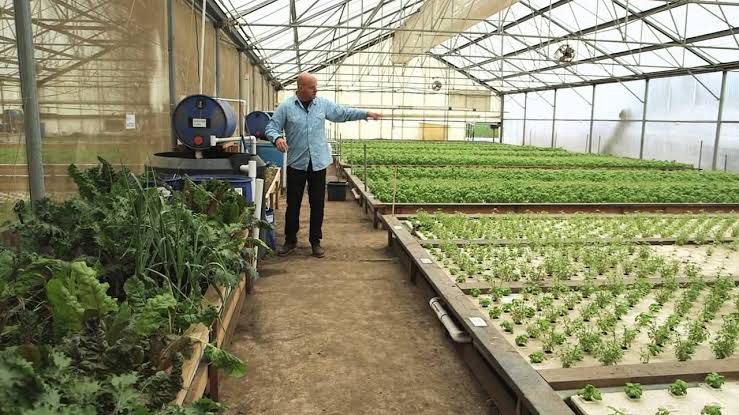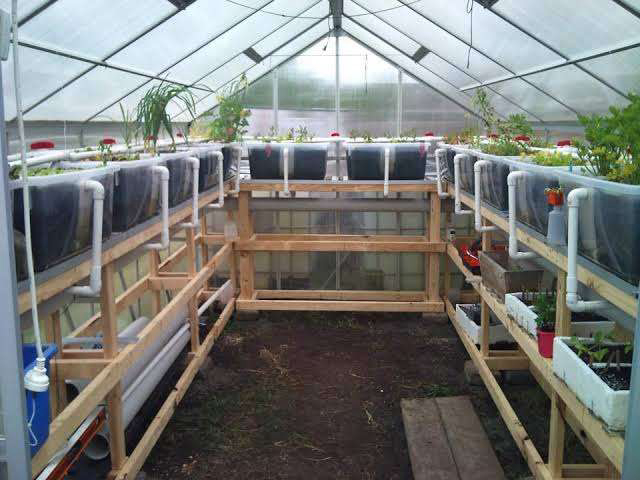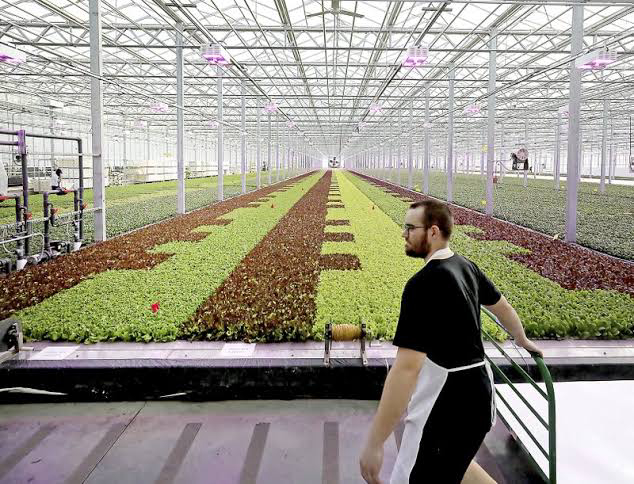
Mostly farming is done with soil, sunlight, land and other minerals. But ever thought of growing plants and vegetables on water. Yes it has been predicted that till 2050 plants will be grown on water. As population is increasing people will need more land to live on and it is estimated that till 2050 the population of India will be 1640 million. But this has already been started in India few years back.
The term was coined in 1970’s but the roots of aquaponics are from ancient times. In ancient time it was not that developed. A Chinese book of 13th century has also described this farming where wooden rafts were used for growing rice, wild rice and fodder. The floating planters were called "jiatian" which means framed paddy. The ancient Chinese employed a system of integrated aquaculture in which finfish and other aquatic animals processed the wastes from ducks. In a lower pond, the catfish live on the wastes that flowed from finfish pond. At the bottom of the system, the water from catfish ponds was used for irrigated rice and vegetable crops.
In modern context, aquaponics emerged from the aquaculture industry as fish farmers were trying to decrease their dependence on the land, water and other resources and exploring new methods of raising fish. The term aquaponics is often attributed to works of the New Alchemy Institute and works of DR. Mark McMurtry at the North Carolina State University, who devised an ‘Integrated Aqua-Vegeculture System’ which was based on the combination of aquaculture and sand based grow beds.

Inspired by the success many other institutes followed the same suit. And in 1979 University of the Virgin Islands developed the use of deep water culture hydroponics grows beds in a large scale aquaponics system. The first aquaponics research was started in Canada on a small scale in Alberta and when they saw a rise in their setups predominantly; they started commercial installations raising high value organic crops such as trout and lettuce.
What actually aquaponics is?
It refers to a process that combines conventional aquaculture with hydroponics in a symbiotic environment while maintain a symbiotic relationship. It is a soil less farming, where soil is replaced with water. With aquaponics, you grow both fish and plants in one integrated eco-system.

So how the combo works? It’s quite simple the fish provides an organic food source for the plants which in turns naturally filter the water for fish, creating a balanced eco-system. There is a 3rd participant to : microbes or nitrifying bacteria that eventually convert the ammonia from the fish waste into nitrates which plants need to grow. A proper well planned design of a hydroponic farm also uses 90 percent less water than a conventional farm. The process goes on uninterrupted 24x7.
The working in India

India’s first and the largest aquaponics farms is owned by K Vijaykumar in the outskirts of Bengaluru. He started aquaponics farming in December 2017 and has setup collaboration & technical support from Canadian aquaponics major, Waterfarmers. Covering a 60,000 sq ft area it is the largest farm in the country. The farm mainly grows green salads, herbs, veggies like tomatoes, cauliflower, exotic lettuces, Swiss chard etc. By growing it has fetch retail chains like big basket, big bazaar and healthy Buddha and from daily sells to five star hotels. It has built nice customer base in metro cities that are willing to buy 100 percent organic and natural. Many times consumers are not aware of the principal difference but once they are they are willing to pay more. And if a person is doing aquaponics business he needs to pick and choose assortment of exotic vegetables that can’t be easily grown in open field cultivation – giving challenges to environment.
